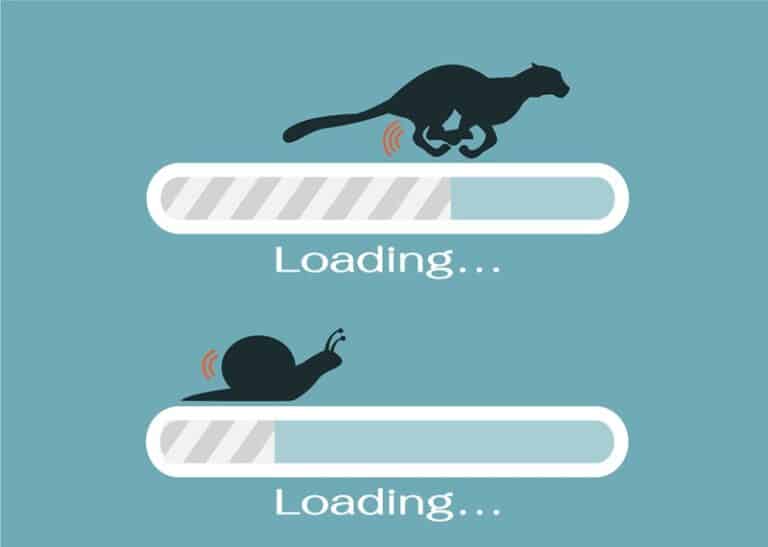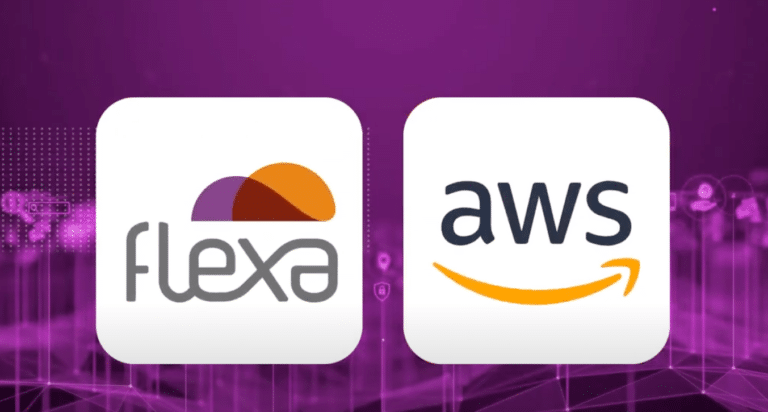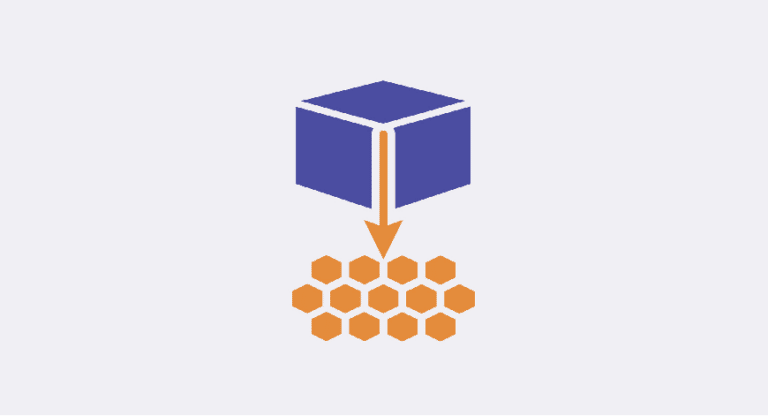For the company to be competitive in the market, it is important that all departments work in alignment to increase productivity and improve performance. Among the tools that the company can use to direct this improvement process are performance indicators — or KPIs. Do you know how to define them for the IT sector?
KPIs (Key Performance Indicators) or key performance indicators are important tools that allow monitoring the level of success of a company's or a certain department's processes.
They allow analyzing the situation of a sector and even of the company in an objective way, based on data that show whether the objectives have been achieved or not. KPIs broaden the view of managers, make reports consistent and allow them to identify whether the company is on the right track to achieve its goals.
WHAT INDICATORS SHOULD IT TEAM USE?
This is not a simple answer, as the choice of the most appropriate KPIs depends on the organization's activities and context. Therefore, a collaborative definition process is the best option to obtain relevant results.
However, let's talk about some of the main KPIs and explain their importance and then list other performance indicators that can be used in your department.
WHAT ARE THE MAIN INDICATORS FOR THE IT AREA?
FIRST CALL RESOLUTION RATE:
Indicates the rate of cases or problems resolved in the requester's first contact. In addition to promoting a good experience for the customer (internal or external), a high rate means a reduction in operating and rework costs, user satisfaction and the consequent increase in the chances of new business.
SERVICE LEVEL AGREEMENT (SLA)
This indicator measures the level of service. It is a simple analysis that evaluates the volume of calls answered, as well as the time required to obtain an effective solution.
NUMBER OF SECURITY INCIDENTS
Currently, we know how much it is necessary for companies to take care of their own data and, especially, that of their customers. Therefore, this indicator must have a very low rate.
CUSTOMER SATISFACTION
In any line of business, customer satisfaction is paramount. This also applies to employees served internally. This assessment shows whether the IT team needs to reformulate its performance, change strategic points or make changes.
WHAT ABOUT OTHER INDICATORS?
Although we have explained each of the above indicators a little more extensively and their importance, the fact is that the IT team has a huge amount of tasks.
Therefore, according to the context of the company itself, it is important that the team and its manager define which are the most relevant points to serve that clientele and/or its internal public well. Following are some suggestions:
KPIS TO ASSESS INFRASTRUCTURE:
- number of failures in a given period (network failures, internet outages);
- service uptime;
- mean time between failures;
- mean time between repairs.
KPIS TO EVALUATE DEVELOPMENT:
- rate of versions released on time;
- bug rate for each release;
- time needed to fix bugs;
- working hours spent fixing bugs;
- division of the period worked (counting the hours used in each stage of a release: integration activities, support, event analysis, software corrections and improvements, etc.).
KPIS TO EVALUATE HELP DESK:
- average number of calls answered by attendant;
- average hours per call;
- rate (percentage) of calls completed within the SLA;
- number of calls to solve a problem (by the requester);
- average time to solve a problem;
- average cost per call;
- average idle time per attendant.
Do you understand how the IT team can define performance indicators to improve their performance? Did you like the post? Want access to other content like this? So follow us right now on Facebook and LinkedIn and don't miss any news!

















